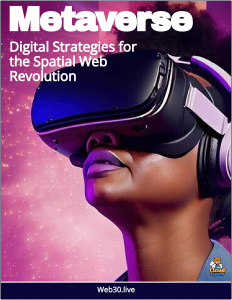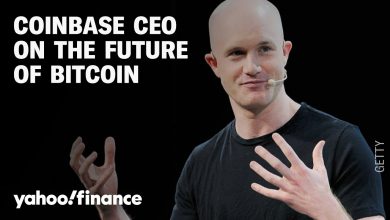 Mike Walsh, CEO of Tomorrow and a prominent futurist, sees the metaverse as a transformative force that goes beyond a mere technological gimmick—it’s an “alchemical transformation in how the world works.”
Mike Walsh, CEO of Tomorrow and a prominent futurist, sees the metaverse as a transformative force that goes beyond a mere technological gimmick—it’s an “alchemical transformation in how the world works.”
He believes it’s not just a virtual playground but a set of protocols that will redefine human interaction, business, and society.
On the internet, they allow emails to exchanged and webpages to be viewed. For cryptocurrencies, they establish the structure of the blockchain — the distributed database that allows digital money to be securely exchanged on the internet.
For the metaverse, they will allow the creation of an interoperable digital environments…that both mirror and extend the world as we know it. The real question, however, is not what is the metaverse, but rather, how will it change the way we live.
Walsh emphasizes a future where the metaverse blurs the lines between digital and physical realities, driven by converging technologies like extended reality (XR—encompassing VR, AR, and mixed reality), decentralized blockchain systems, and AI capable of creating persistent, immersive experiences indistinguishable from reality.
He predicts that over the next few years (from his talks around 2022-2023, so think mid-to-late 2020s), the metaverse will evolve into a mainstream infrastructure, reshaping customer engagement, work environments, and value creation. Walsh highlights its potential to move beyond gaming or novelty—like virtual land grabs or NFTs—into practical applications: think personal avatars in hybrid workspaces, digital twins optimizing factory floors, or smart contracts streamlining supply chains.
He’s pragmatic about it, suggesting that leaders shouldn’t ask “What is the metaverse?” but rather “What’s our plan for it?” This reflects his belief that its impact will be universal, touching every industry, from media to manufacturing.
Walsh ties the metaverse’s future to a broader narrative of digital transformation. He sees it as part of a “Fifth Industrial Revolution,” fueled by AI, algorithms, and automation, where the real power lies in how organizations harness these tools to reinvent themselves. He’s excited about successful case studies—like brands using Web3 technologies (e.g., NFTs, DAOs, DeFi) to build engaged communities or unlock new revenue streams—showing the metaverse as a space for innovation, not just speculation.
However, he’s not blindly utopian. Walsh stresses a “metaverse toolkit” for leaders, pointing to ethical and strategic challenges: privacy, fraud, user safety, sustainability, governance, and control. He believes navigating these will be critical to its success, hinting at a future where the metaverse could either empower or destabilize, depending on how it’s managed. He also downplays hardware dependency (like VR headsets), suggesting the metaverse will thrive most when accessible via everyday devices, aligning with his human-centric view of tech adoption.
In essence, Walsh believes the metaverse’s future is a radical, protocol-driven convergence of digital and real, offering unprecedented opportunities for reinvention—but only if leaders act boldly, ethically, and strategically. It’s less about predicting a sci-fi endpoint and more about equipping people to shape it, a stance consistent with his focus on actionable leadership in an AI-driven age.



